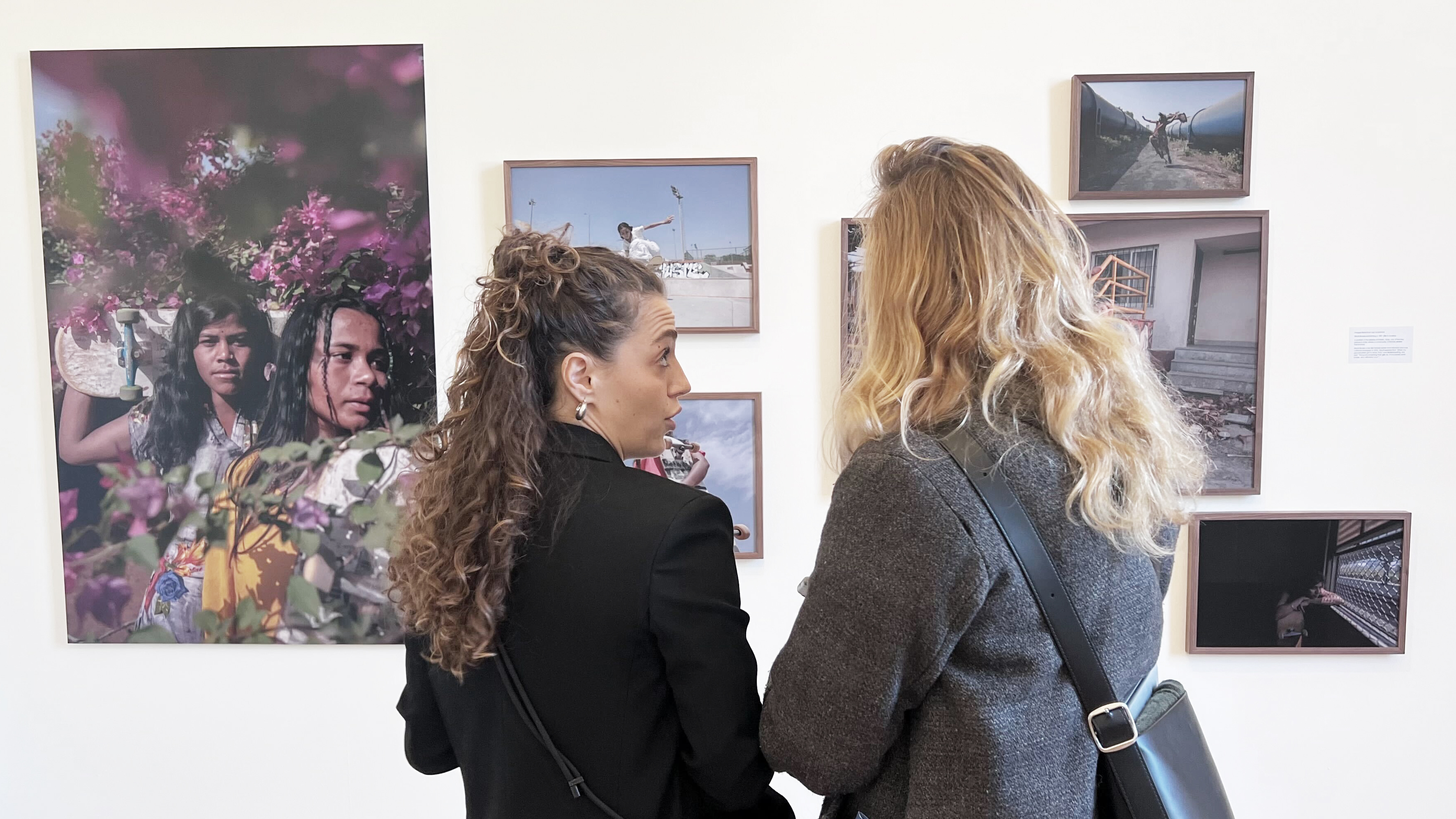Heartbreaking polar bear shot highlights Science Photographer of the Year
The Royal Photographic Society has announced the winners of its Science POTY 2020 – and the climate emergency is clear
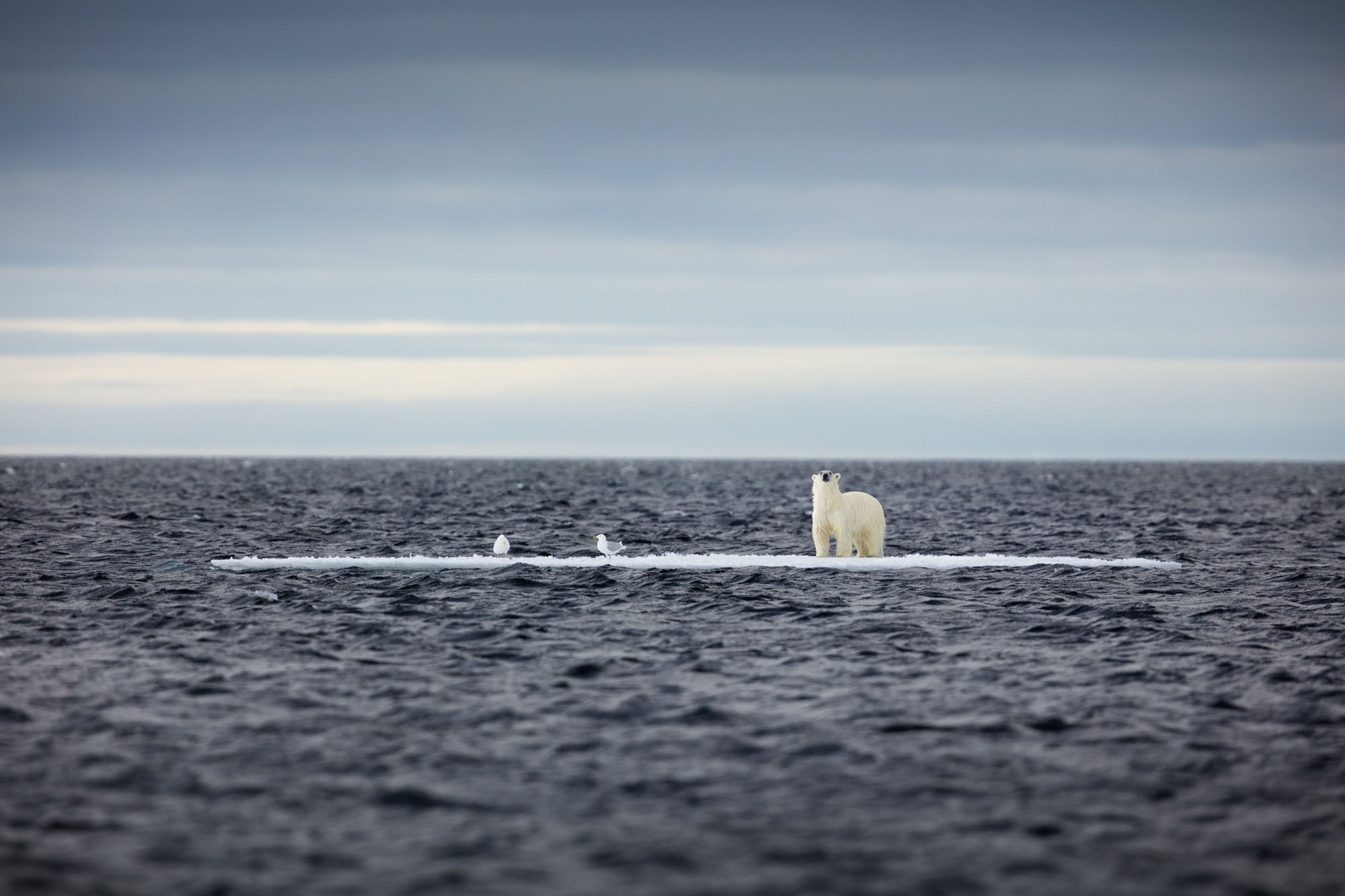
A tearjerking image of a polar bear clinging to a tiny ice floe in the Arctic Ocean is among the highlights of the Royal Photographic Society (RPS)'s Science Photographer of the Year 2020 awards.
As with many of the winning images, the polar bear photograph – 'On Thin Ice' by Sue Flood FRPS – paints a harrowing picture of the current climate emergency facing the planet.
The latest Science Photographer of the Year competition saw the RPS introduce a Climate Change category, which Flood won with another of her images taken in the Arctic: 'North Pole Underwater'.
In total, four winners of the competition along with seventy-five selected images will be shown as part of the digital Manchester Science Festival – taking place from 12-21 February – run by the city's Science and Industry Museum. The online exhibition will continue past the Festival, running until 02 May.
The four winners and some selected images can be seen below.
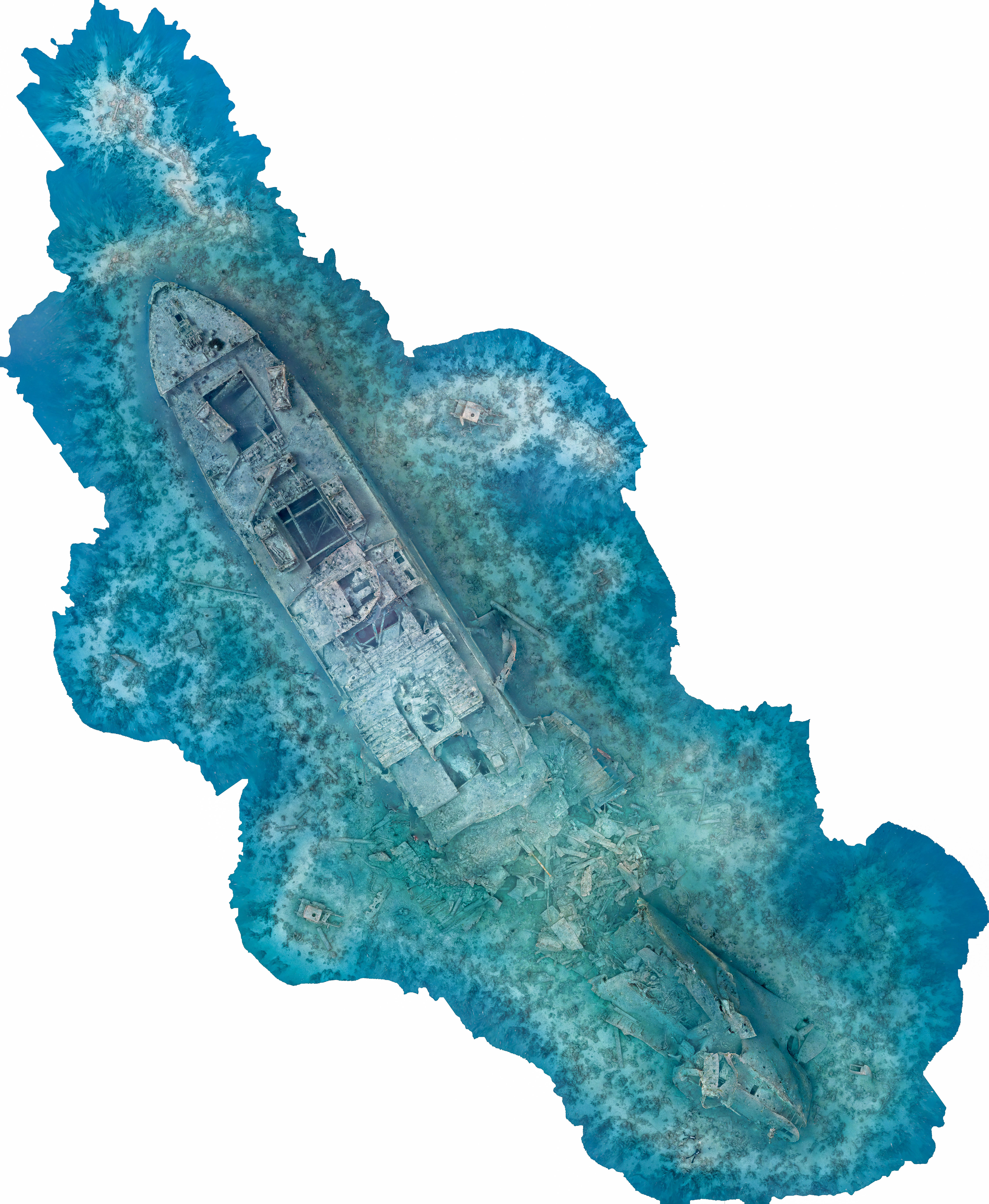
Science Photographer of the Year (General Science category)
'Orthophoto of SS Thistlegorm' by Simon Brown
"The wreck of SS Thistlegorm, a ship sunk in the Red Sea in 1941, in an image derived from 15,005 frames. Each was adjusted to give a 'straight down' view, before being tagged with GPS data and merged with the others. This ship is a well- known recreational dive site (divers at lower right), and is slowly becoming part of the local coral reef."
Get the Digital Camera World Newsletter
The best camera deals, reviews, product advice, and unmissable photography news, direct to your inbox!
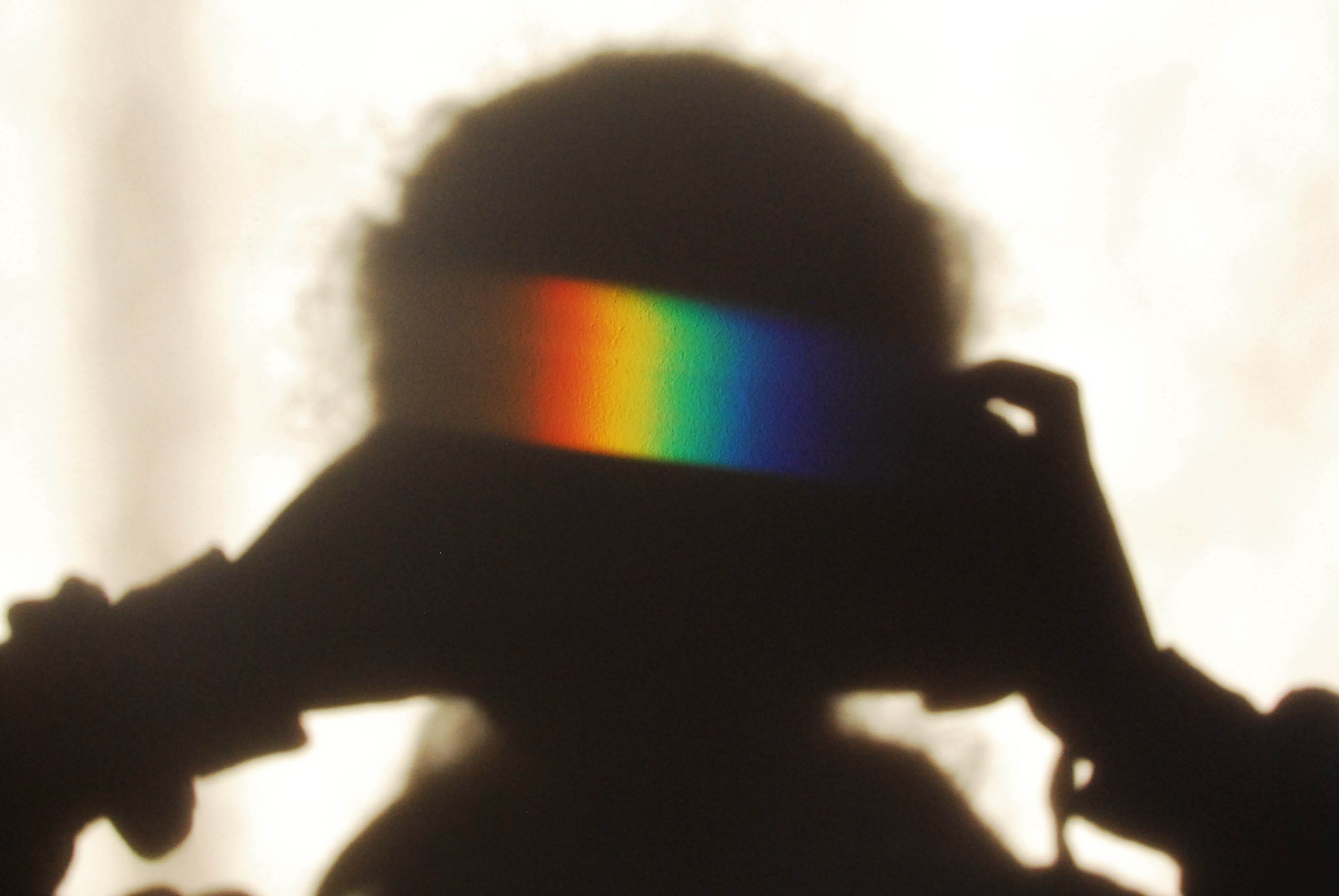
Young Science Photographer of the Year (General Science category)
'Rainbow Shadow Selfie' by Katy Appleton
"Sunlight casts a spectrum on a wall having passed through a prism. The photographer cast her own shadow on the wall to let the spectrum shine more clearly."
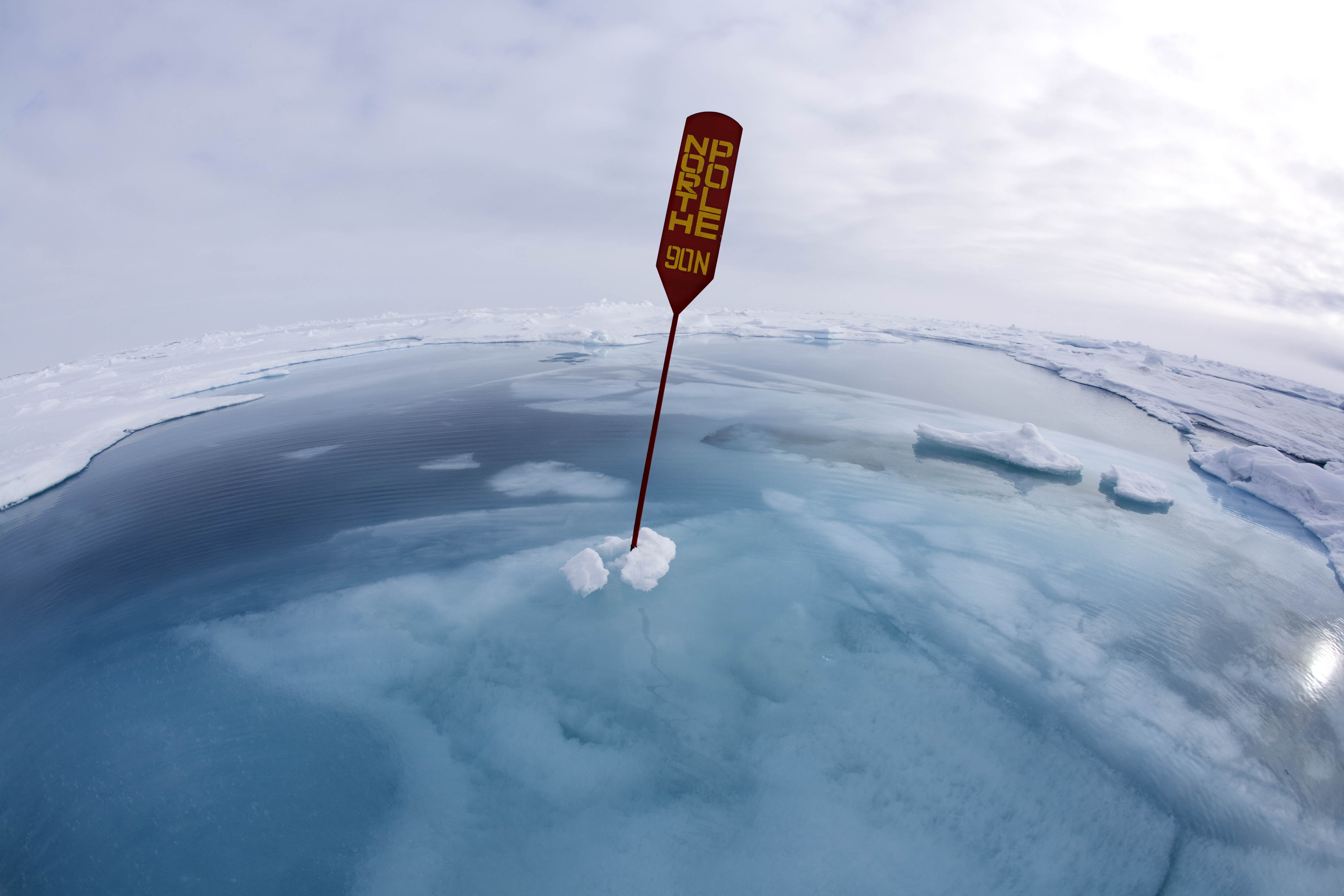
Science Photographer of the Year (Climate Change category)
'North Pole Underwater' by Sue Flood
"A signpost depicting the geographic North Pole at 90 degrees north latitude placed on sea ice largely covered with water. Each year the ice cover over the Arctic declines, a direct result of changing global climates."
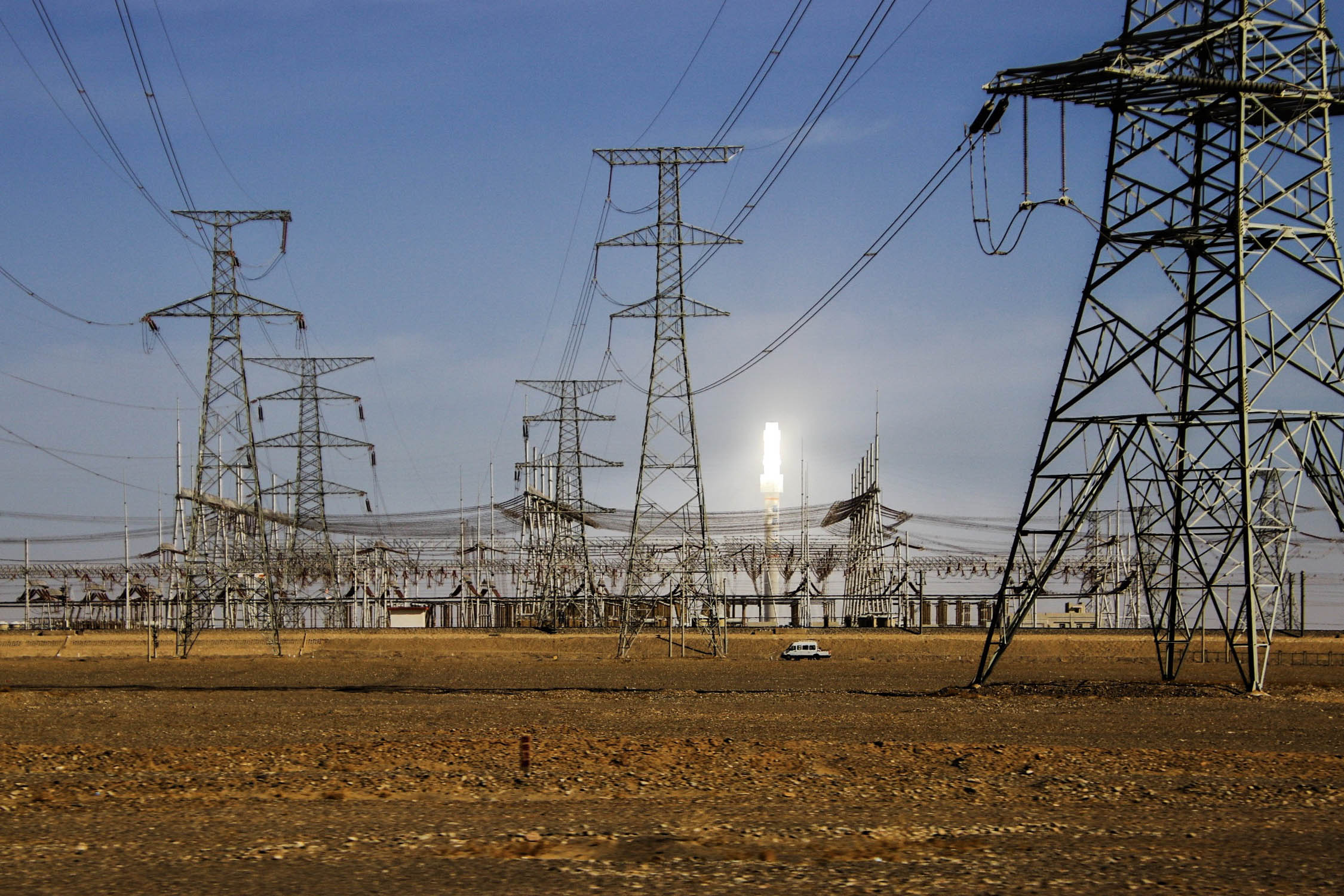
Young Science Photographer of the Year (Climate Change category)
'Apollo’s Emissary' by Raymond Zhang
"A concentrated solar power (CSP) generating station in China. 12,000 mirrors reflect sunlight toward a central tower where it heats sodium nitrate salt. This goes to a heat exchanger, making steam to drive generator turbines. The thermal inertia is such that the station can continue working through the night, saving up to 350,000 tonnes of CO2 emission per year."
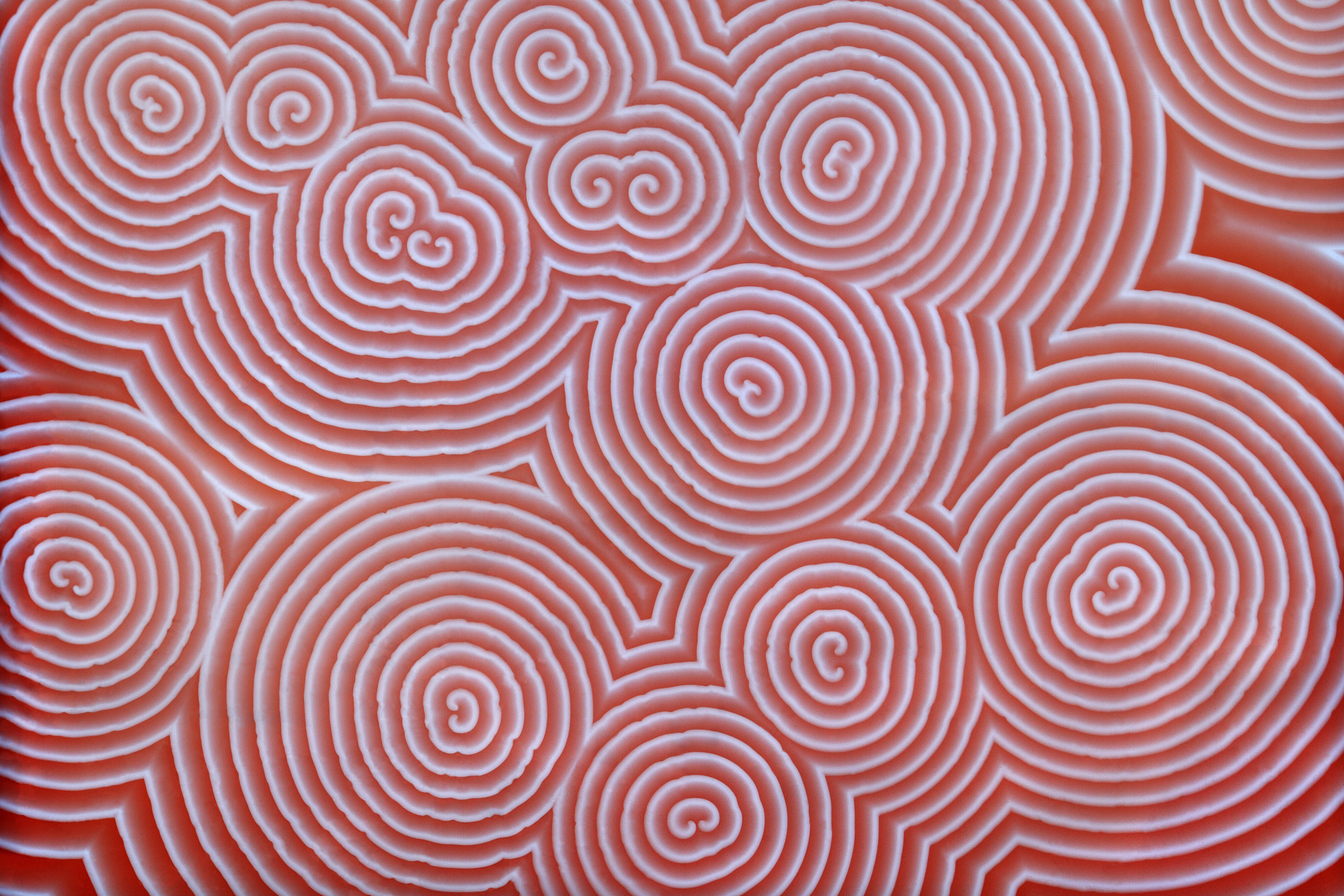
Selected Image
'Turing Patterns – BZ reaction' by Dr David Maitland FRPS
"Hypnotic patterns formed by a Belousov-Zhabotinsky (BZ) reaction in a petri dish. Drops of one chemical are added to another in the dish. The drops seem to radiate concentric rings and spirals as waves of chemical concentrations move through the petri gel. The mathematics behind this were described by Alan Turing."
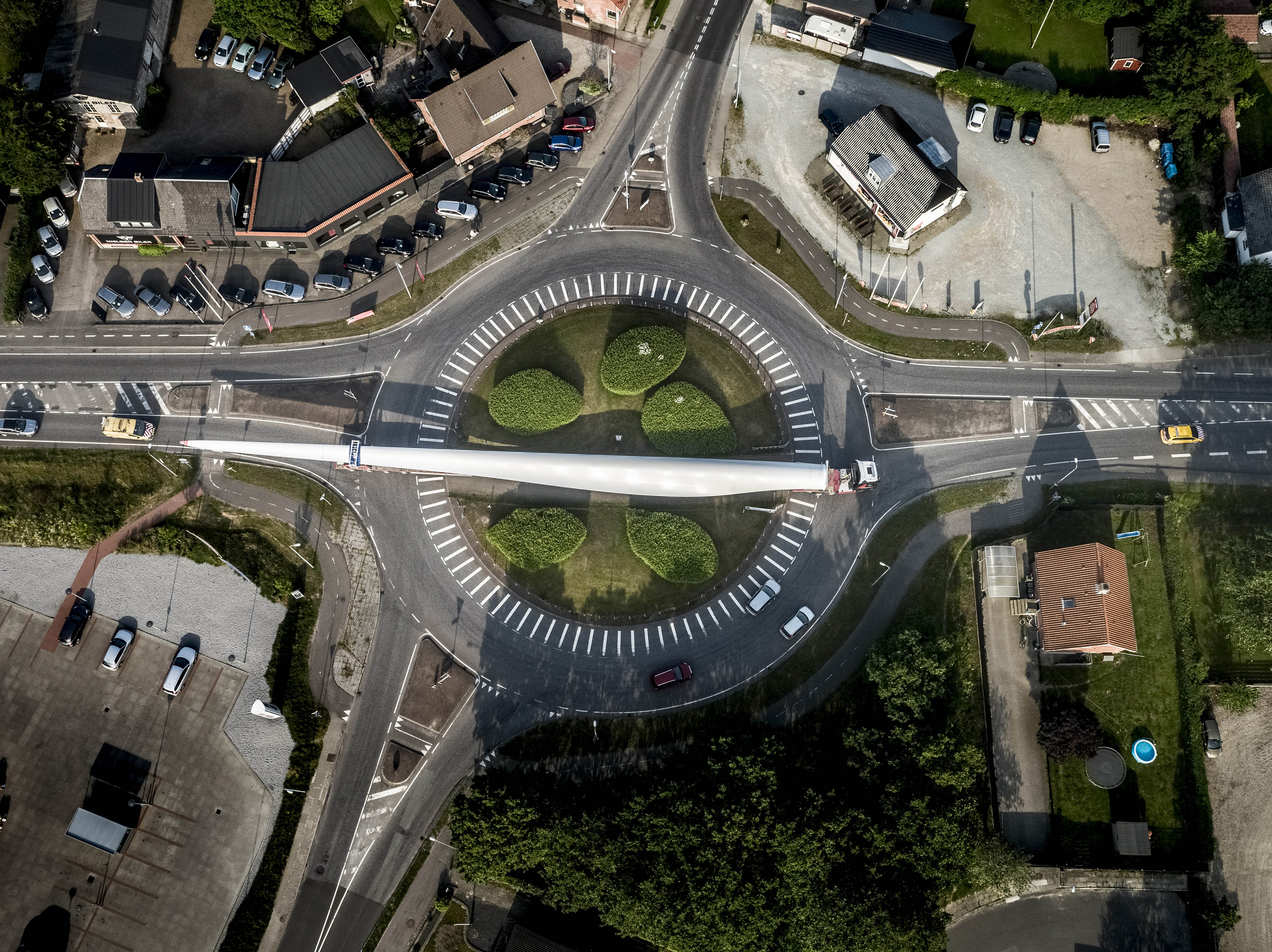
Selected Image
'Giants on the move' by Rasmus Degnbol / REDUX Pictures
"A 78-meter long blade for an offshore wind turbine seen crossing a roundabout in the city of Tarp, Denmark."
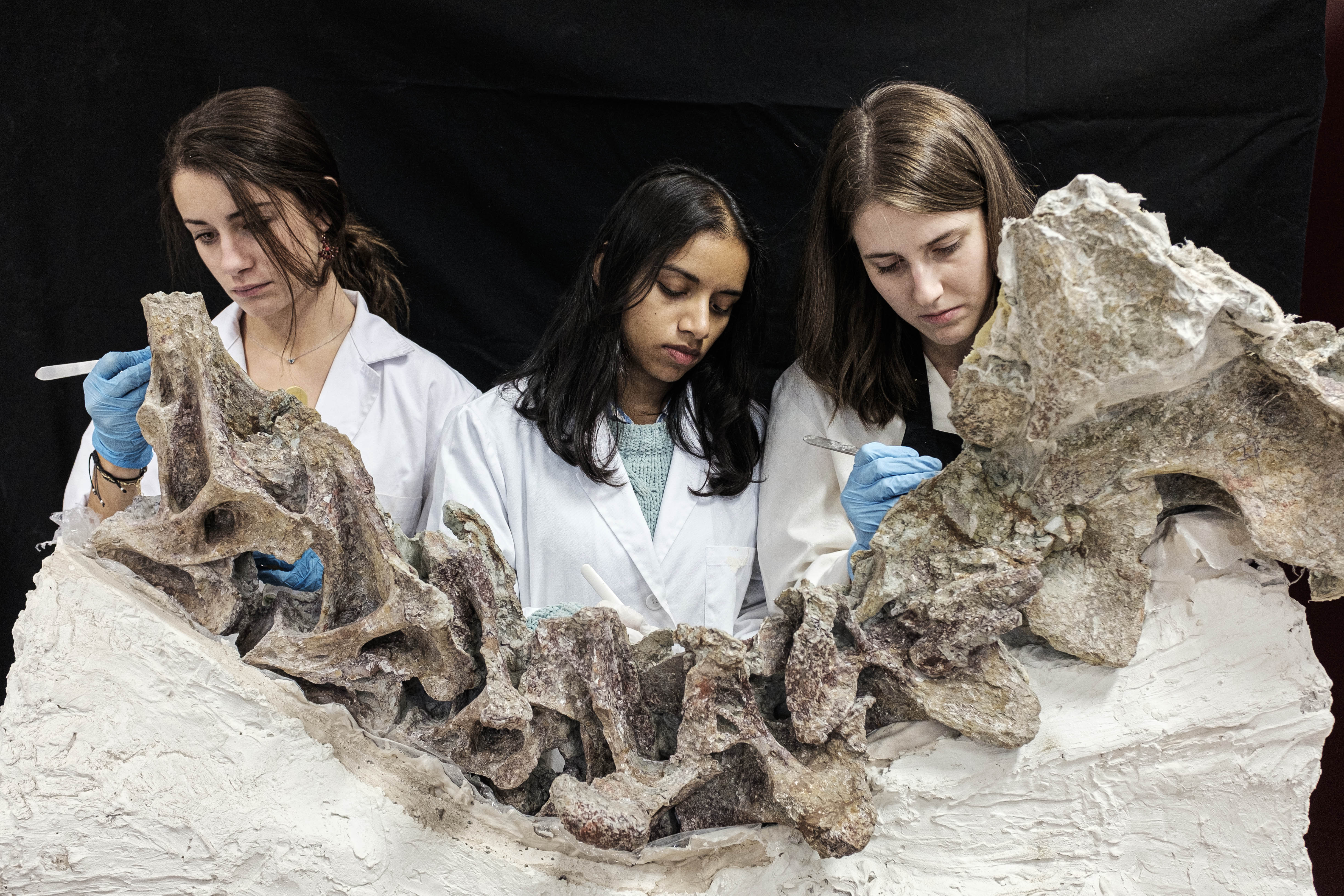
Selected Image
'Lo Hueco' by Nuno Perestrelo
"Scientists carefully removing rock from the fossilised vertebrae of a dinosaur discovered in the Lo Hueco area near Cuenca, Spain. A huge deposit from the Upper Cretaceous period (100-66 million years ago) uncovered by construction workers in 2007 has yielded over 10,000 fossil specimens."
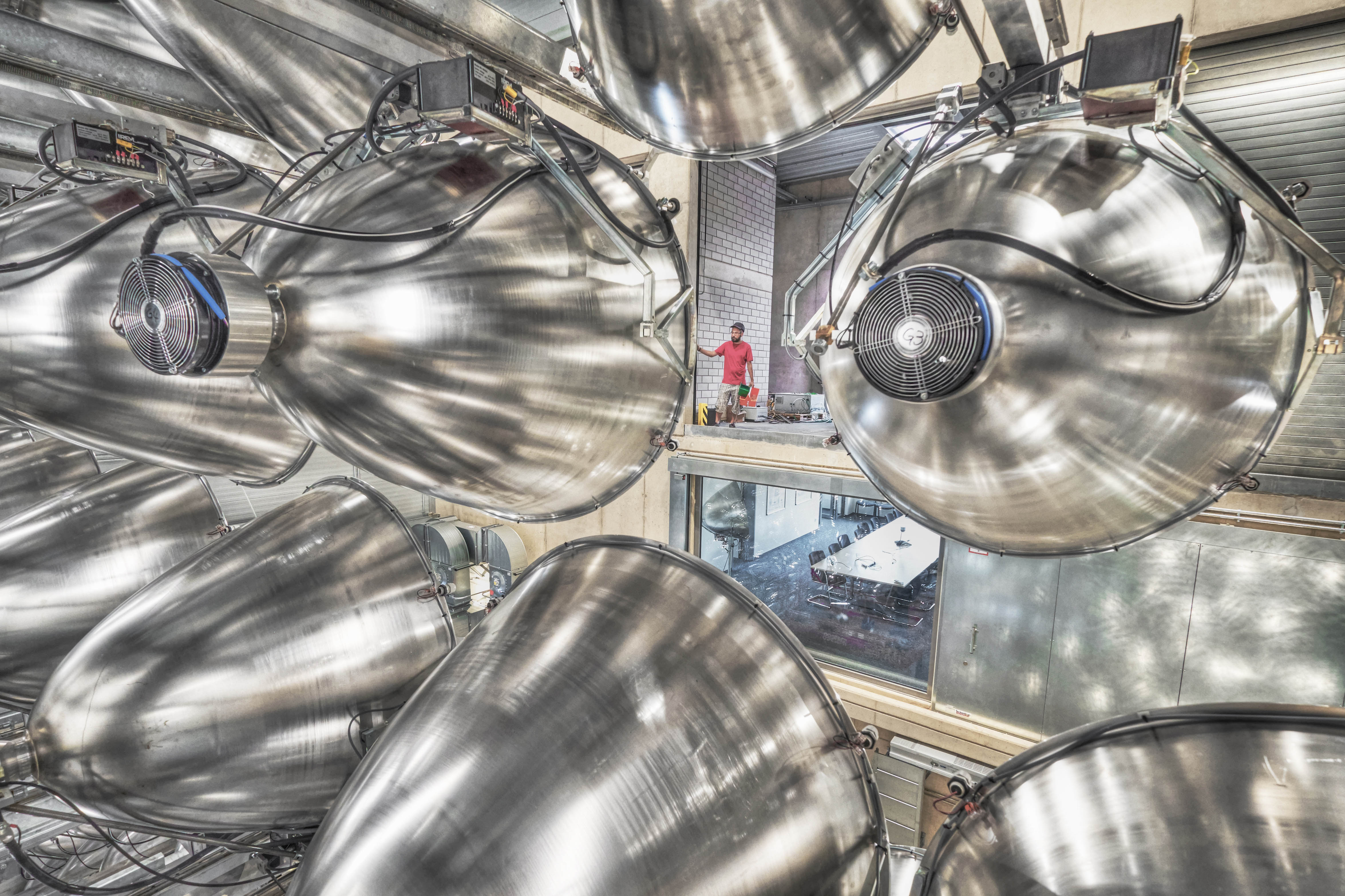
Selected Image
'"Synlight" Experiment' by Christian Lünig
"Some of the 149 xenon arc lamps that form the 'Synlight' experiment. This creates a light intensity 10,000 times greater than the incident radiation from the Sun, and is used in experiments into making fuels such as hydrogen from water."
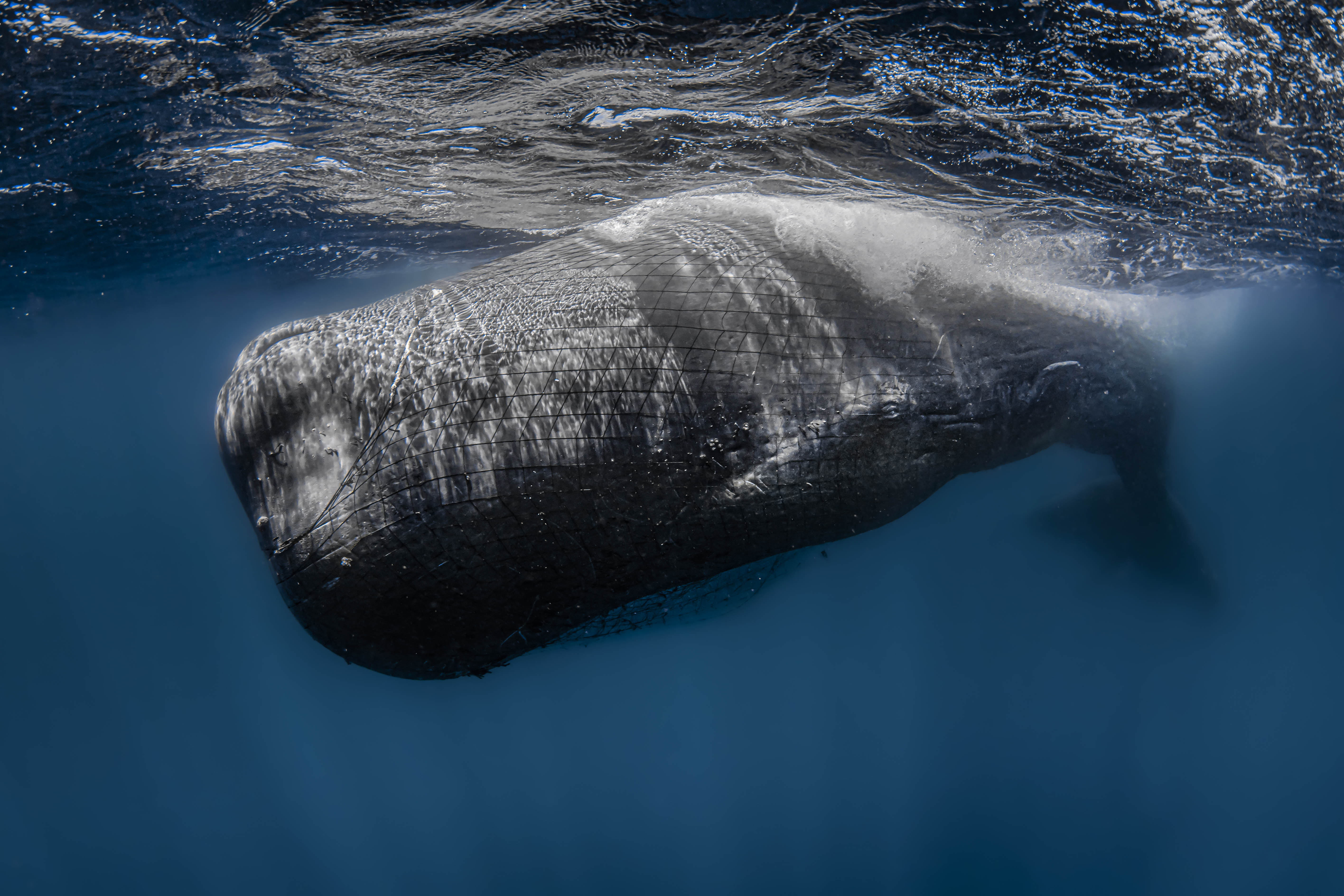
Selected Image
'The net strangling the ocean' by Rafael Fernandez
"A sperm whale (Physeter macrocephalus) tangled in a discarded fishing net. Discarded fishing equipment, known as ghost gear, accounts for up to 640,000 tonnes, or 10%, of all marine litter. Ghost nets entangle a wide range of marine wildlife from whales and sharks to turtles, fish and seabirds."
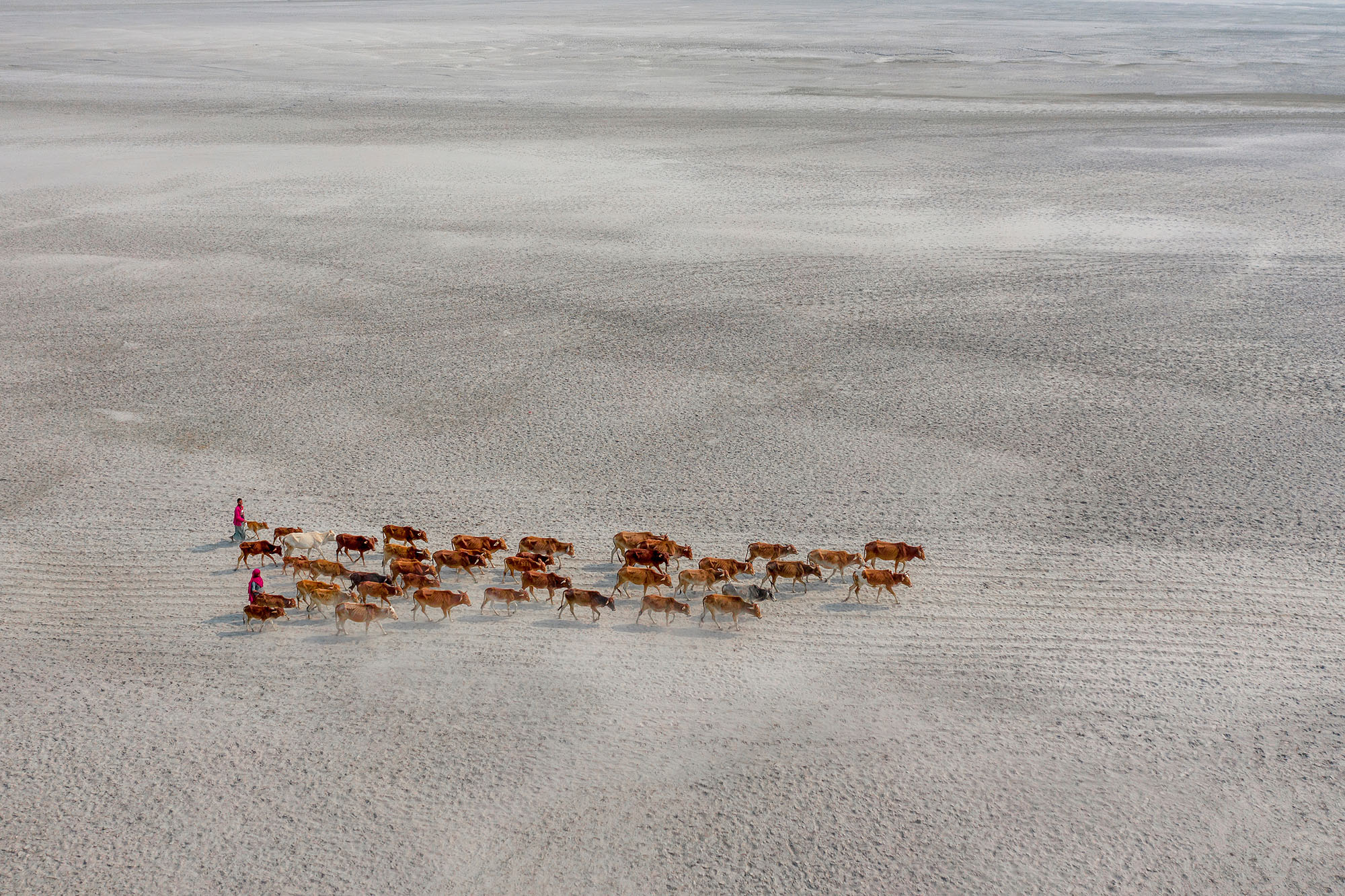
Selected Image
'The dead river' by Abdul Momin
"Cattle being led across a sandbar to seek water and vegetation. This image was taken in Gaibandha, Bangladesh, where the changing course of the Brahmaputra River has left many villages miles from fresh water for their herds."
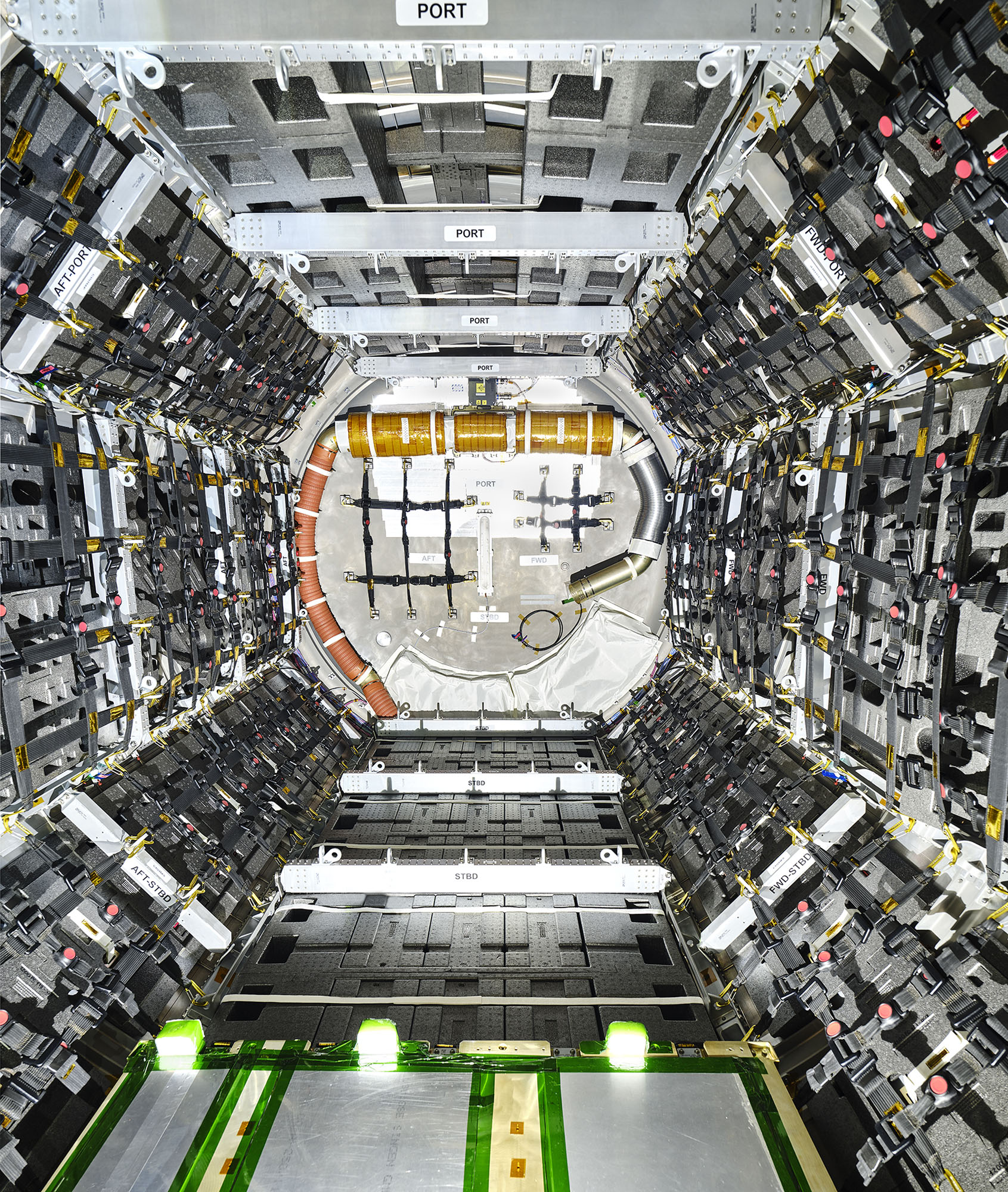
Selected Image
'Cygnus Pressurised Module' by Enrico Sacchetti
"Interior view of a Cygnus spacecraft, an expendable unmanned cargo spacecraft used to ferry supplies to the International Space Station (ISS) in Earth orbit. The cargo module has a capacity of 2000kg."
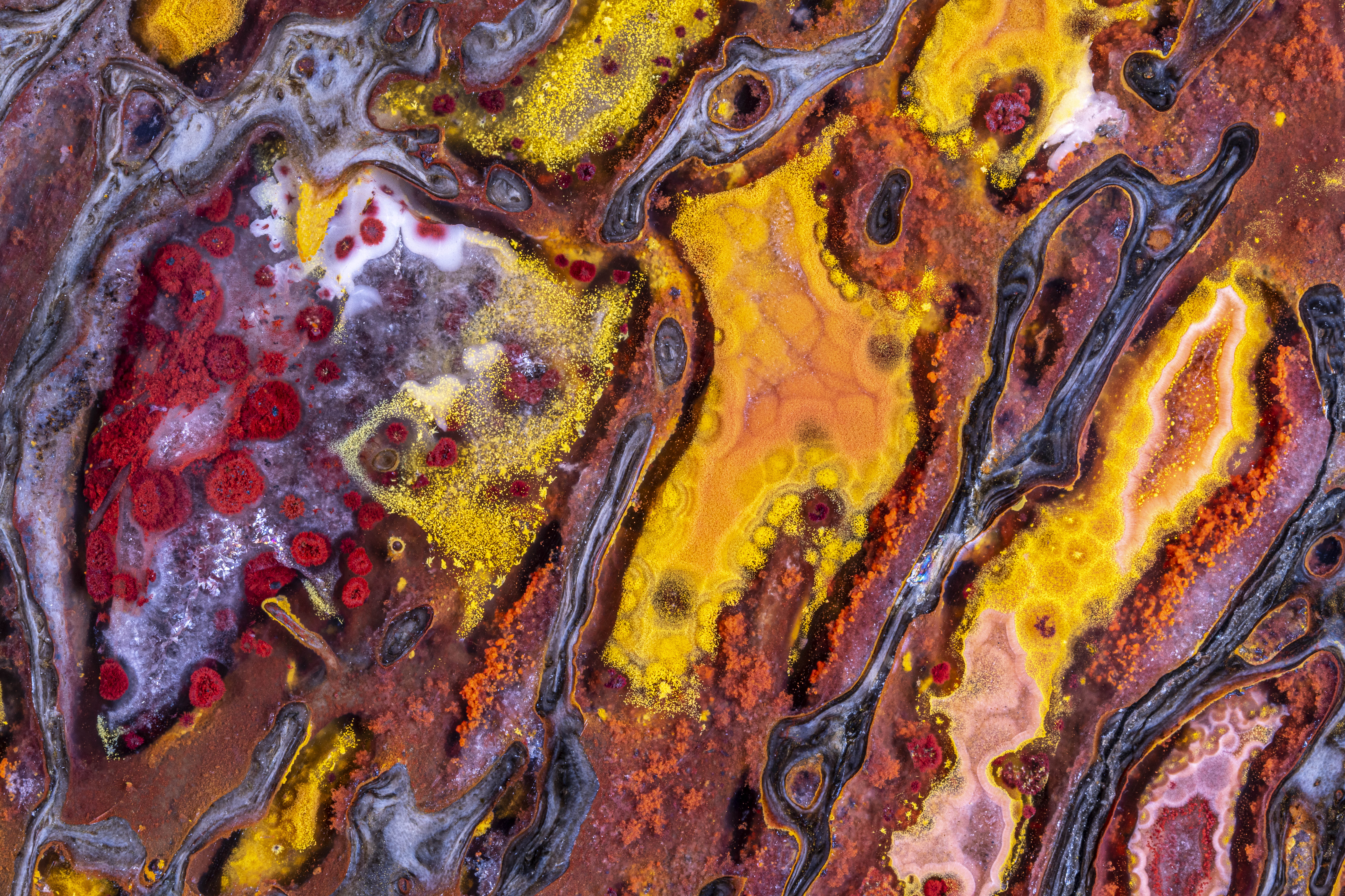
Selected Image
'Dinosaur Bone' by Norm Barker ASIS FRPS
"Seen through a microscope, a polished slice through a fossilized dinosaur bone reveals multiple colors due to the minerals deposited. The different colors come from changing mineral content as the fossil formed and do not reflect the underlying structure of bone. This image spans a field of 1.2mm."
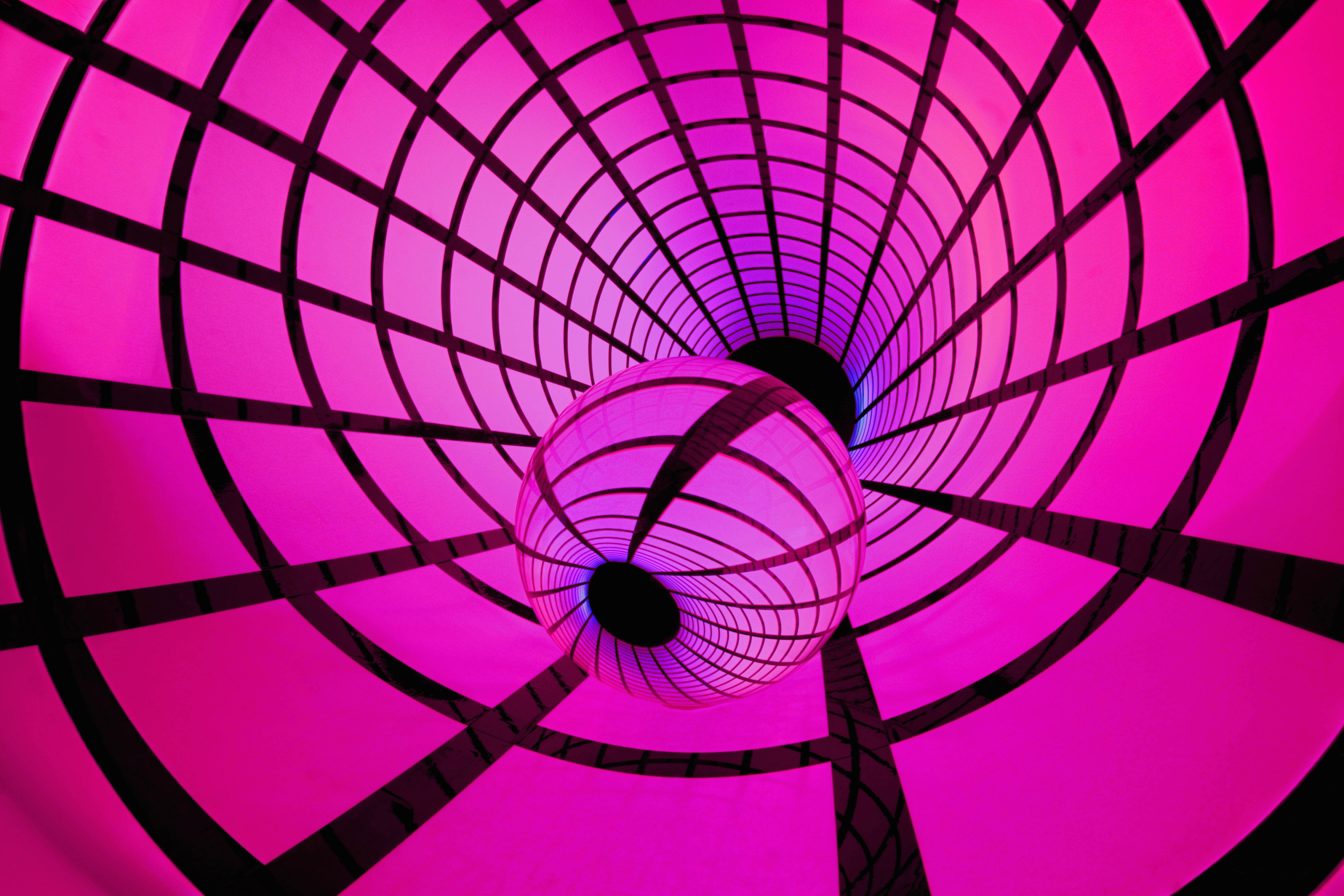
Selected Image
'Spherical Aberration' by Richard Germain
"A simple spherical lens placed inside a patterned tube distorts the light passing through it. The distortion is greater toward the edge of the lens due to spherical aberration, the inability of all the light to be brought to a common focus point."
"This year’s Science Photographer of the Year is more relevant than ever before in documenting how science and climate change are impacting all our lives," said Dr Michael Pritchard, the RPS' director of Education and Public Affairs.
"The selected images are striking and will make us think more about the world around us."
In an effort to support schools and youngsters, the RPS has created a bank of educational material in association with PhotoPedagogy. In addition the competition was supported by Olympus, which provided camera prizes to the winners in the Under 18 categories.
Read more:
Best camera for wildlife photography
Best camera for landscape photography
Best lenses for landscape
Landscape photography tips

James has 22 years experience as a journalist, serving as editor of Digital Camera World for 6 of them. He started working in the photography industry in 2014, product testing and shooting ad campaigns for Olympus, as well as clients like Aston Martin Racing, Elinchrom and L'Oréal. An Olympus / OM System, Canon and Hasselblad shooter, he has a wealth of knowledge on cameras of all makes – and he loves instant cameras, too.
